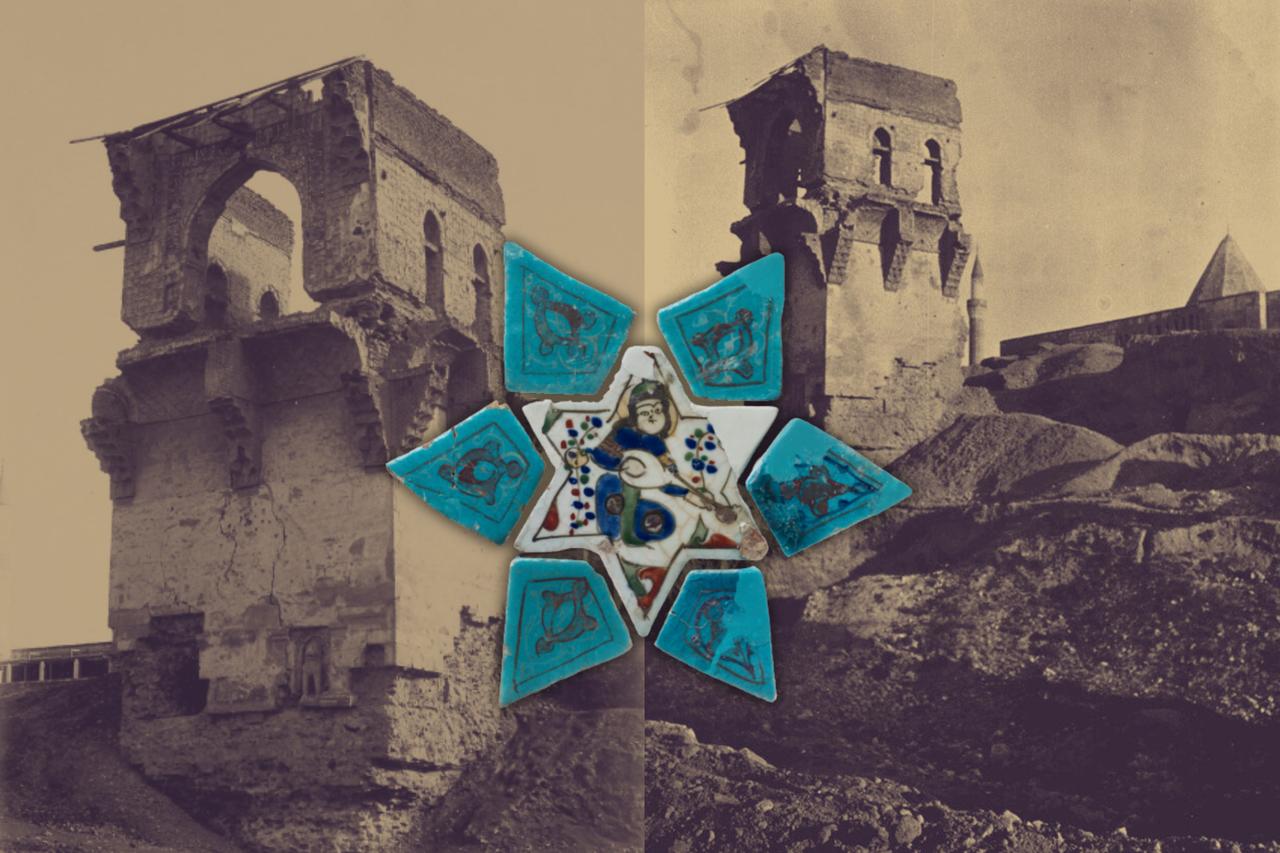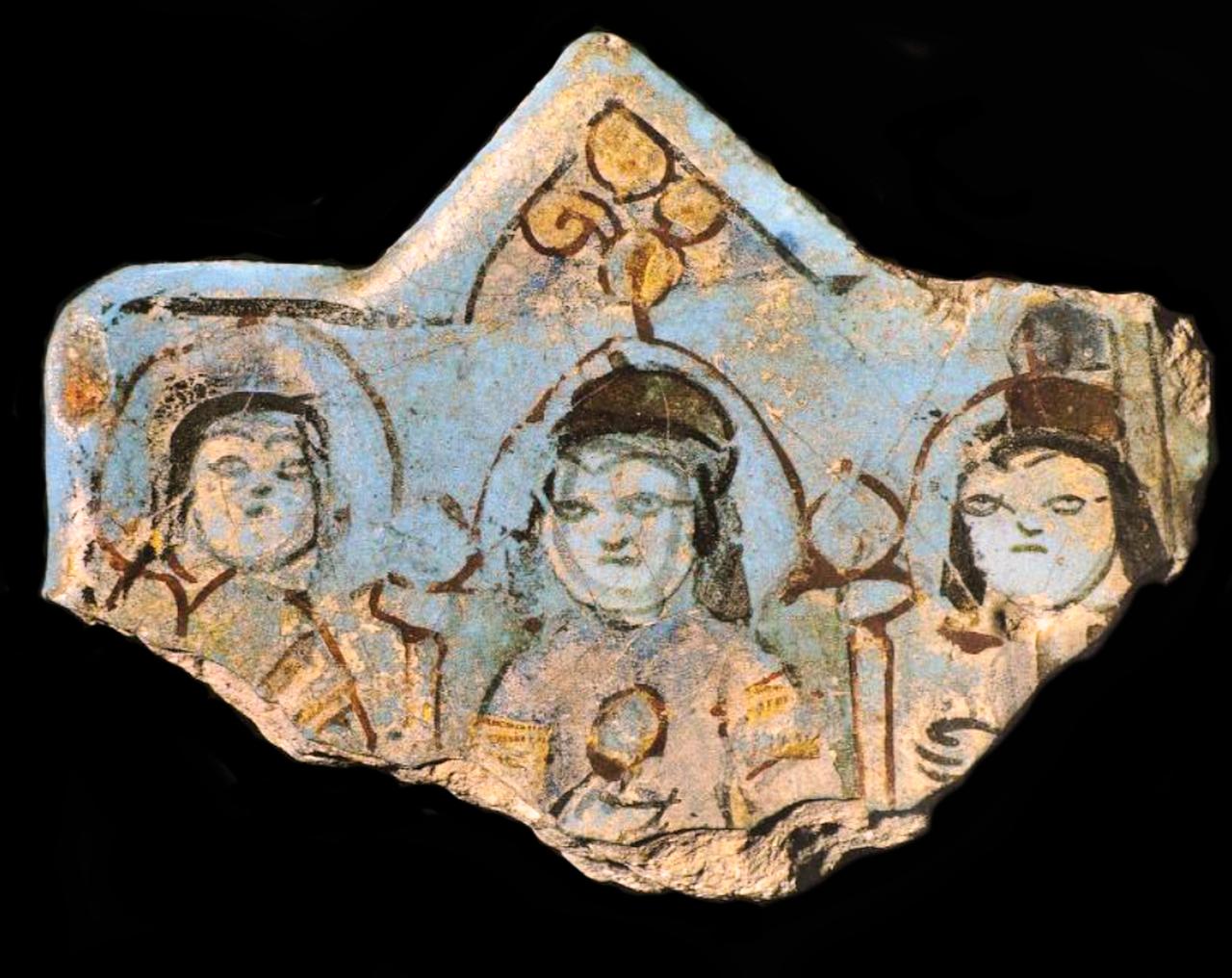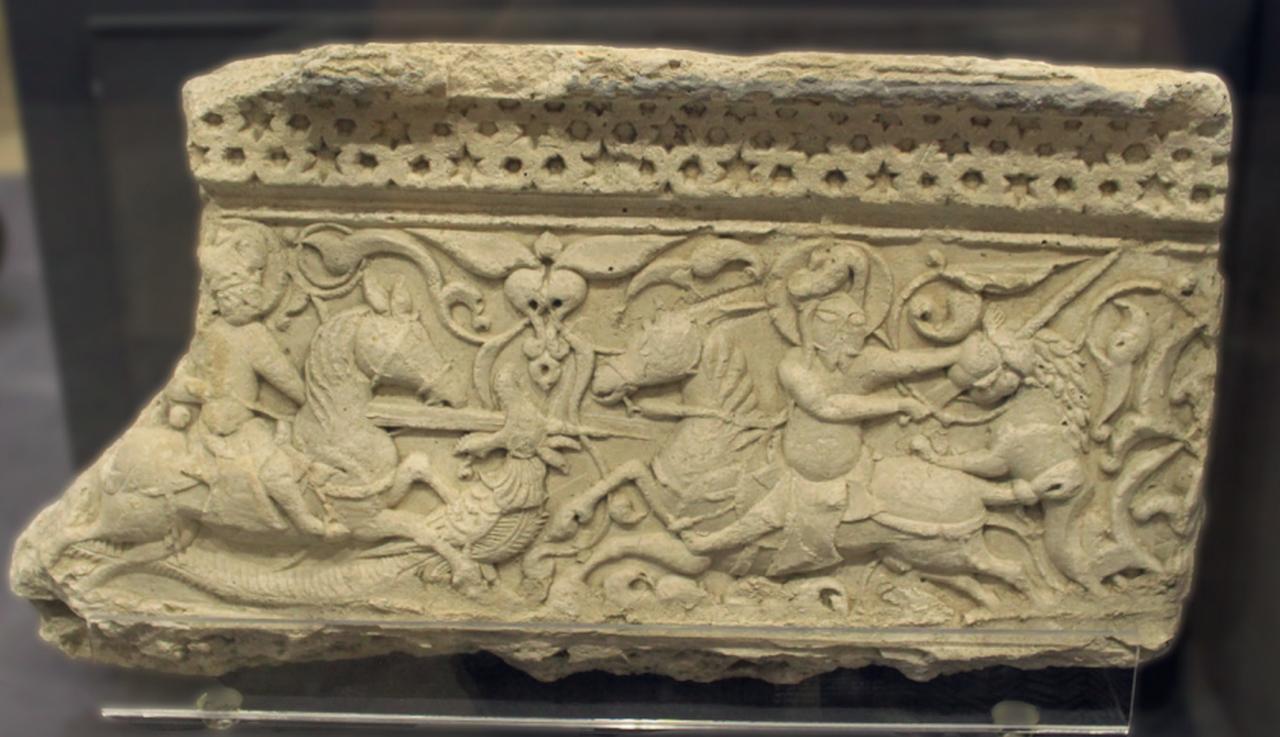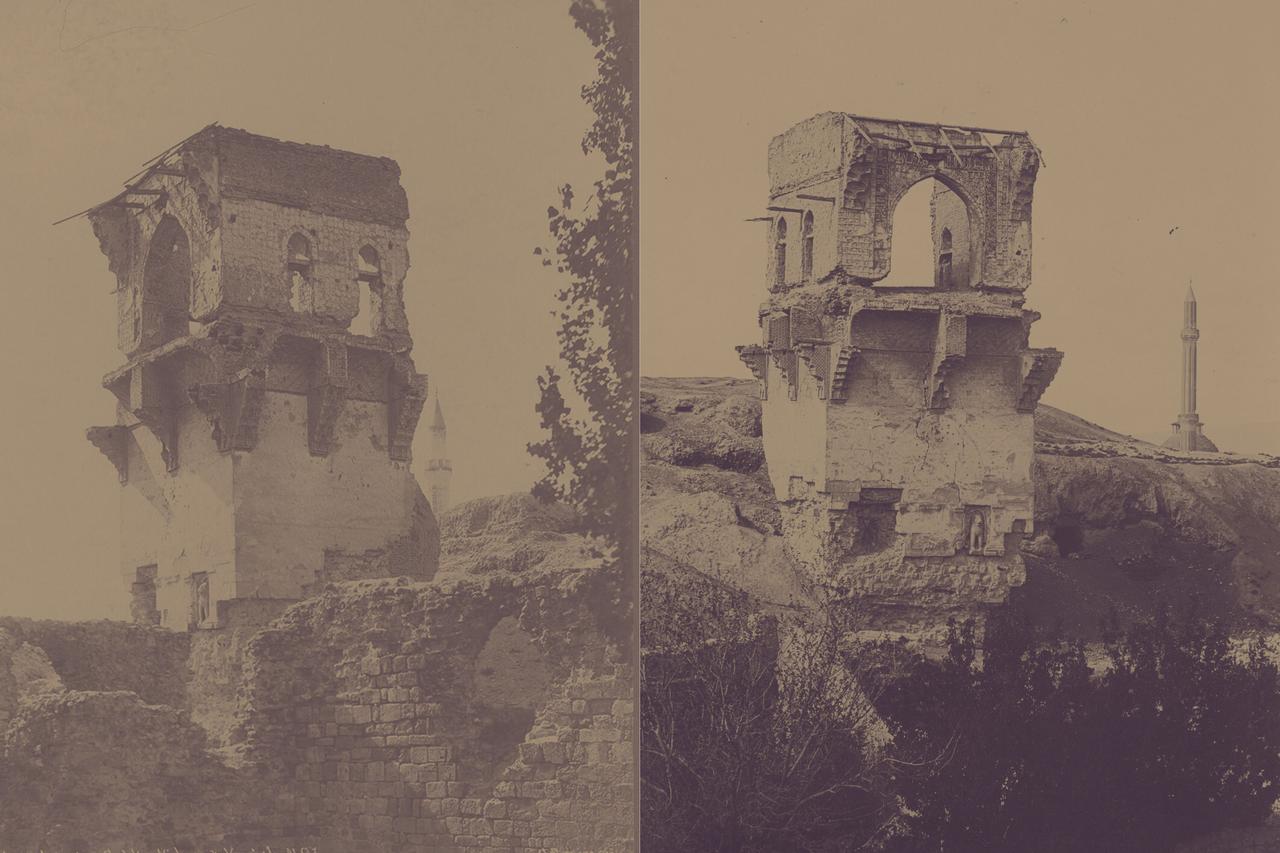
In the heart of medieval Konya, Türkiye, a structure once stood that exemplified the refined artistry and complex architectural decoration of the Seljuk Empire. Though now in ruins, the Qilij Arslan II Kiosk—built during the reign of Sultan Qilij Arslan II or Kilij Arslan II in the late twelfth century—offers a glimpse into a world where beauty was engineered to astonish and architecture was designed to provoke awe.
At the core of the kiosk’s decoration were its ceramic tiles, used in two major techniques. The first was geometric, covering wall surfaces with interlocking star and cross-shaped tiles arranged seamlessly—typical for dado zones in both palaces and religious buildings. Excavations at similar sites, such as the Kubadabad Palace near Konya, revealed tiles featuring animals, figures, and intricate vegetal designs, all of which suggest a vibrant, narrative-driven interior.

The second technique was tile mosaic, crafted from monochrome panels that were meticulously cut into small, colored pieces—turquoise, dark purple, black, white, and blue. These were assembled like a jigsaw to form complex motifs and long Arabic inscriptions. Though labor-intensive, this method allowed unprecedented flexibility and precision. While this style was also used in Central Asia and Iran, in Anatolia it was usually reserved for interiors due to weather constraints.
Some of the earliest surviving examples of overglaze-painted tiles, known as mina’i or “haft rang” (seven-color), were found at the Qilij Arslan II Kiosk site. Dating to around 1174, these tiles now reside in museums in Istanbul, Konya, Berlin, and London. Their appearance—shimmering with traces of gold and vibrant hues—masked the complex, multi-step process behind their creation, leaving viewers to marvel without understanding what lay beneath.

While the tiles dazzled with color and form, it was stucco that gave the architecture depth and relief. Composed of inexpensive plaster, glue, and water, stucco was nonetheless regarded as a premium medium due to its unmatched adaptability. It could be molded, cut, painted, and gilded to resemble stone, wood, or ceramic. The original material was rarely visible, often hidden under vivid paint or gold leaf.
The Qilij Arslan II Kiosk featured stucco panels that were likely produced using molds, allowing motifs to be repeated flexibly, much like the tiles. Some fragments display scenes from courtly life and mythology: hunting scenes with mounted warriors battling lions and dragons, or celestial symbols like Sagittarius paired with griffins and deer. These elements formed part of what art historians refer to as the “princely cycle”—a visual program evoking the pleasures, power, and cosmic connections of the royal court.

The deliberate use of opaque techniques and visually stunning surfaces played into a deeper cultural goal: to provoke ʿajab, an Arabic term referring to the sense of wonder or bewilderment at encountering something one cannot fully understand. Contemporary writers like the polymath Qazvini described this feeling as arising when a viewer is unable to grasp the causes behind a phenomenon. In this architectural context, the bewildering beauty of stucco and tile became a spiritual and intellectual experience for elite visitors to the kiosk.
Though only the base of the Qilij Arslan II Kiosk survives today—its upper section collapsed in 1907—photographs taken before its destruction, along with surviving decorative fragments, help researchers digitally reconstruct its interior. These efforts, led by international scholars, suggest the kiosk formed part of a wider network of Seljuk belvederes and hunting pavilions built into palace walls. The building continued to serve as a residence for Ottoman princes and governors until the seventeenth century, before falling into disuse and becoming a source of construction materials.
Artifacts from the kiosk are now dispersed among major museums around the world, from the Museum of Islamic Art in Berlin to the Metropolitan Museum of Art in New York. Despite the loss of context, these pieces—tiles, stucco panels, and even a sculpted lion—still speak to the grandeur of their origin. And while the original polychromy has faded from many stucco elements, comparative examples from Iran and Spain offer insight into how these surfaces might have once gleamed with color.